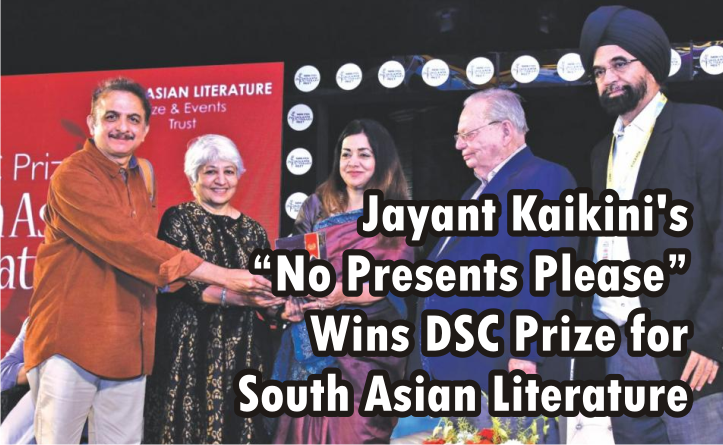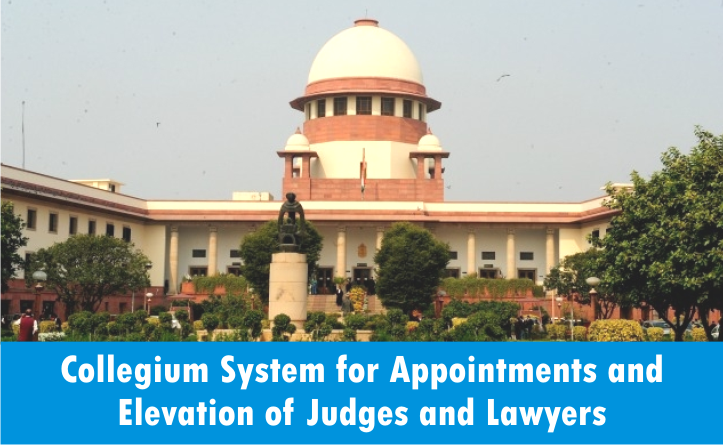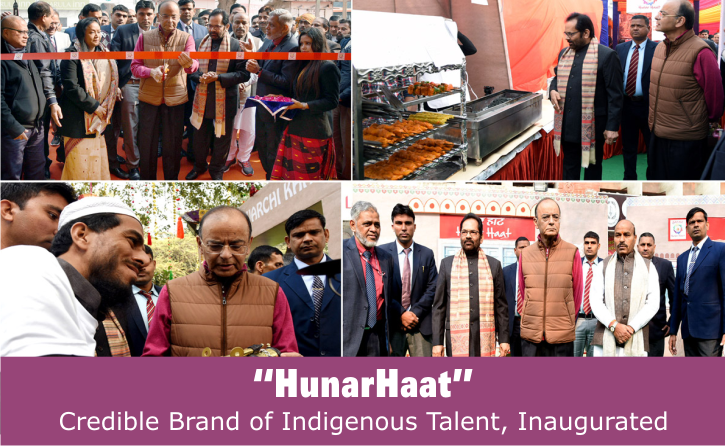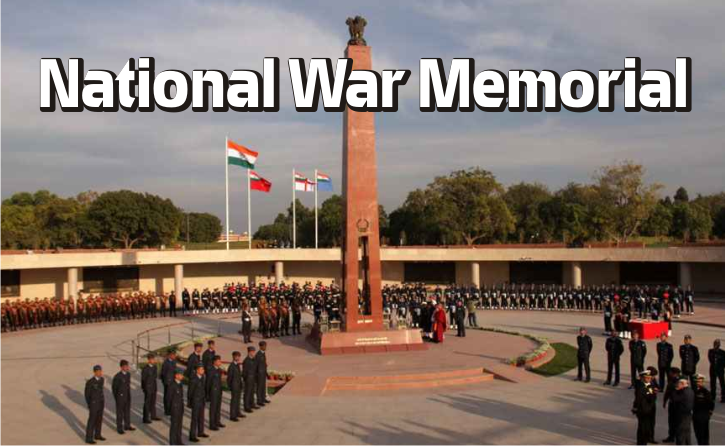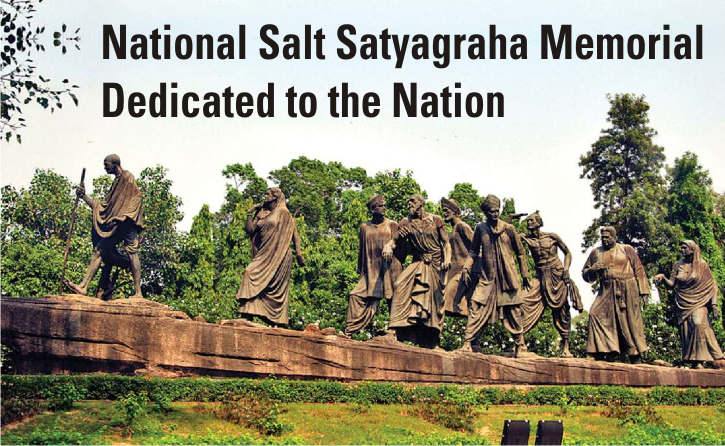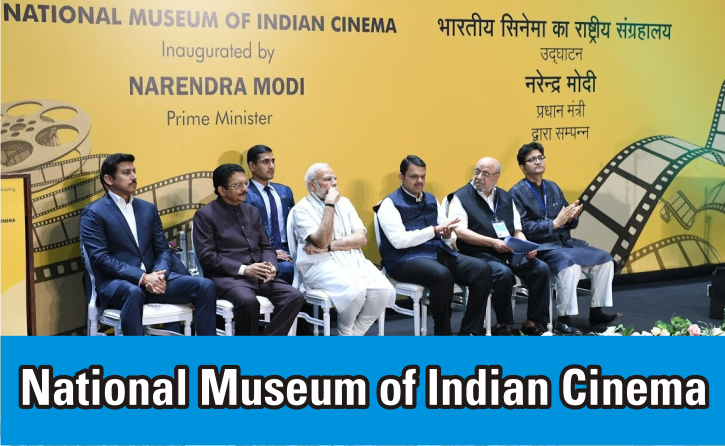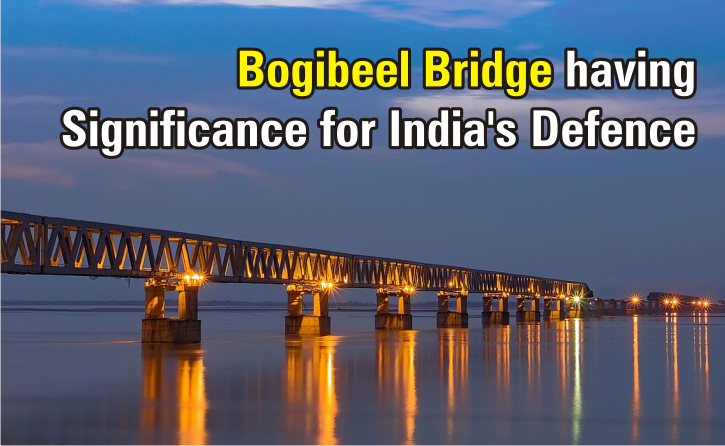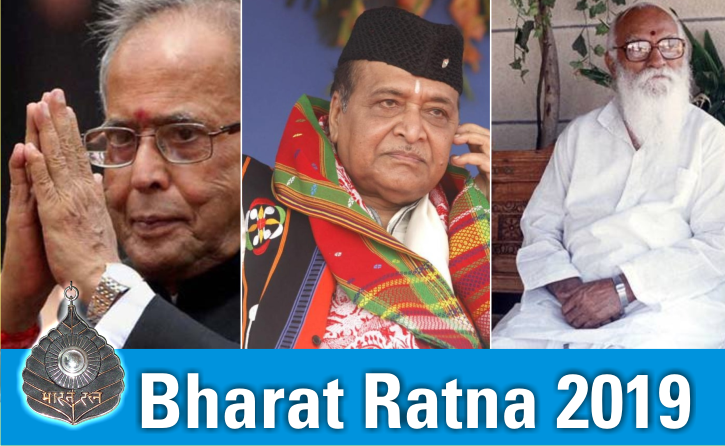DSC Prize for South Asian Literature 2018 has been won by “No Presents Please” – originally written in Kannada by noted poet and short story writer Jayant Kaikini and translated into English by eminent translator Tejaswini Niranjana. The $25,000 DSC Prize, announced at Tata Steel Kolkata Literary Meet in Kolkata on 25 January 2019, awarded to Jayant Kaikini and Tejaswini Niranjana, along with a unique trophy in a glittering ceremony by eminent writer Ruskin Bond, will be split equally between author and translator. The DSC Prize has always encouraged writing in regional languages and translations, and this is the first time that a translated work has won the prize.
DSC Prize for South Asian Literature, instituted by Surina Narula and Manhad Narula in 2010 with a vision to showcase and reward the best writing about South Asian region and bring it to a global audience, is an international literary prize awarded annually to writers of any ethnicity or nationality writing about South Asia themes such as culture, politics, history, or people. It is for an original full-length novel written in English, or translated into English. The award is for novels published in the year preceding the judging of the prize. DSC prize has been won in the past by authors including Jeet Thayil and Jhumpa Lahiri.
- Jayant Kaikini’s “No Presents Please”, a collection of stories set in Mumbai, ‘A city where the surreal meets the everyday’.
- Kaikini has beaten internationally acclaimed writers including Kamila Shamsie, whose, “Home Fire”, a modern take on Sophocles’ tragedy Antigone, won the Women’s prize for fiction in 2018, and
- Mohsin Hamid, whose, “Exit West”, which explores global migration through a series of mysterious doors, was shortlisted for the 2017 Man Booker prize.
Rudrangshu Mukherjee, Chair of the judges, hailed Kaikani’s “quiet voice”, and added, “The Mumbai that came across through the pen of Kaikini was the city of ordinary people, who inhabit the bustling metropolis”. “It is a view from the margins and all the more poignant because of it.”
“No Presents Please” tells the stories of people from across the city of Mumbai, according to its publisher, HarperCollins India: “[It] is not about what Mumbai is, but what it enables … From Irani cafes to chawls, old cinema houses to reform homes, Kaikini seeks out and illuminates moments of existential anxiety and of tenderness. In these 16 stories, cracks in the curtains of the ordinary open up to possibilities that might not have existed but for this city where the surreal meets the everyday.”
This magnificent book gives us a protagonist that is vivid yet full of contradictions, spirited yet lonely, embattled yet big-hearted – the city of Mumbai. Empathy and survival are the constant, co-dependent themes that unify every strand of this extraordinary book, creating a shimmering mosaic of a conflicted city that is as kind as it is, at times, cruel. The cracks in the curtains of the ordinary open up to possibilities that might not have existed, but for this city where the surreal meets the everyday.

